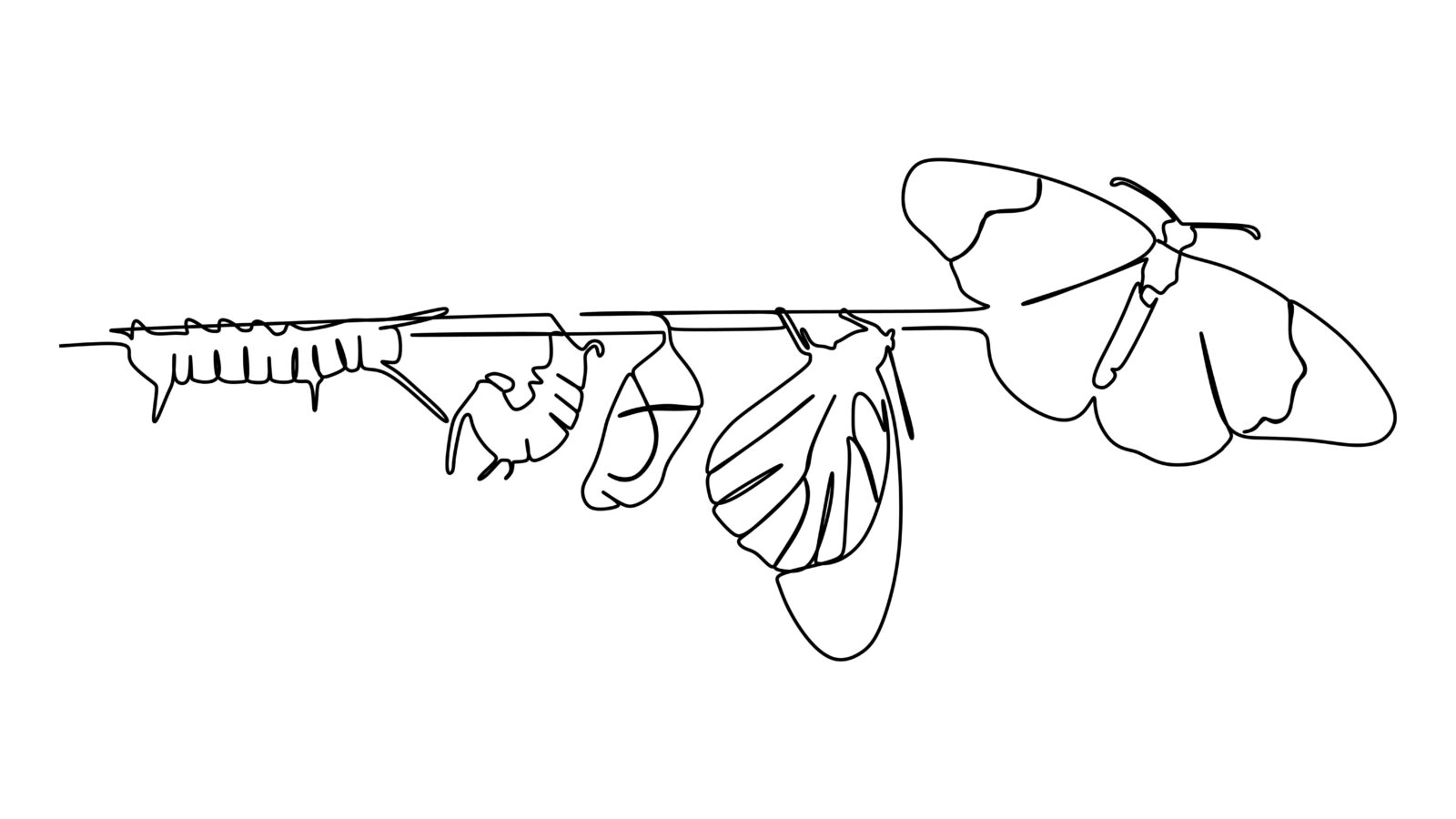Mindfulness is the practice of being in the present moment with total awareness. It helps us to regain our focus on the present when our minds want to wander to the past, lamenting or begrudging what happened, or when they anxiously anticipate the future, thinking about what could or might happen in the days ahead.
Another way that Mindfulness can be extremely helpful is in acknowledging who we are today. It catches us when we want to fixate on our former or old self, or when that old self wants to take over and react for us.
For example, if you’re being challenged by a partner to behave in a way that goes against how you really feel, you might respond from a place that an “old self” would act. It could be because you’ve formed habits as an enabler, a caretaker, or a rescuer. But if your “new self” doesn’t want to play that role any longer, you’re going to have to be honest about how you feel in the present.
Your old self is familiar to you and, at times depending on what you’re feeling or going through, you revert to old ways of being, thinking, and acting. Mindfulness catches you when you’re about to slip into old habits or behaviors and brings you back to the present moment. And when you acknowledge that your old self is about to take over, you can immediately apply your new self to the present moment and express yourself in ways that account for your present-day wisdom.
The minute you feel that you’re about to respond or act from your old self, acknowledge it, which helps label experiences or feelings as they arise. Tell yourself that you no longer need to let your old self represent you in any way.
Here’s how to use the “Old Me Versus New Me” practice in your life when you’re about to let the old you get in the way:
- When you find yourself about to respond or react to something, be aware of who wants to do it. Is it your old self, or your present self?
- Ask yourself, “Am I responding to this person or situation because the old me feels that I should or has to?
- Ask yourself, “What does my present self want to do?”
- Ask yourself, “What’s stopping me from being my present self right now?”
- Ask yourself, “Does being my present self makes me feel empowered?”
- Ask yourself, “Does being my old self makes me feel that people will love or like me better?”
- Ask yourself, “Am I ready to let my old self go and no longer speak for me?”
- Ask yourself, “Is my new, present self ready to speak for me?”
- Tell yourself, “I’m ready to let go of my old self.”
- Tell yourself, “My new self knows exactly how I feel and what I want to say.”
- Tell yourself, “My new self represents my authenticity.”
- Tell yourself, “I’m no longer my old self.”
Our new self is there with us always. We need to listen to it whenever our old self tries to sneak back in, which it will. Change can be hard or challenging for us, and in times when we feel fearful or insecure, we tend to slip back into those old habits or behaviors. But we need to know that we’re no longer our old selves and we needn’t give it anymore of our precious time.
Your old self was in the past, your new self is in the present. And, your new self deserves to be in every present moment with you!


